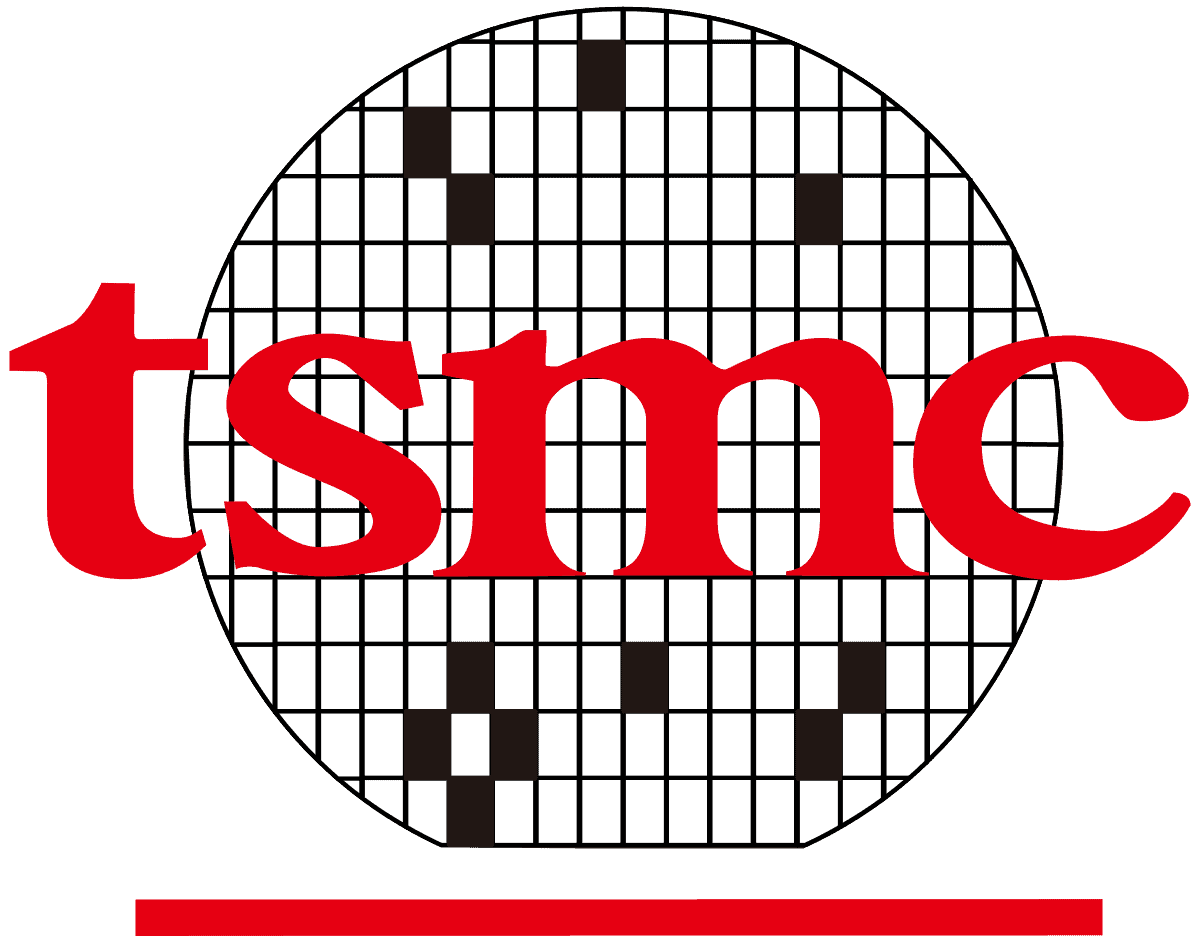Taiwan Semiconductor Manufacturing Company (TSMC), the world’s largest contract chipmaker, is rapidly transforming Arizona into a major global hub for advanced semiconductor production. With construction now underway on its third fabrication plant in north Phoenix, TSMC’s total U.S. investment has surged to an astonishing $165 billion—a sharp increase from the initially announced $12 billion in 2020.
This massive commitment represents more than just new buildings. It marks a pivotal shift in global chip manufacturing strategy, one that could redefine supply chains, workforce development, and the technological edge of U.S. industry.

The Three-Fab Strategy — And Beyond
TSMC’s U.S. operations began with plans for a single fab producing 5nm chips. Fast forward to 2025, and the company is now building three advanced fabs—each more sophisticated than the last:
- Fab 1 (Operational): Began limited production of 4nm chips in 2024, serving major U.S. tech clients.
- Fab 2 (Construction Complete): Will produce 3nm chips and aims to ramp up volume production by late 2026.
- Fab 3 (Ground Broken April 2025): Scheduled to manufacture 2nm chips—currently among the world’s most advanced node technologies—by the end of the decade.
Beyond the fabs, TSMC’s Arizona blueprint includes two advanced packaging facilities and a dedicated R&D center, signaling its intent to make Arizona a long-term manufacturing stronghold.
Unprecedented Investment
TSMC’s investment in Arizona now exceeds $165 billion, making it one of the largest foreign investments in U.S. history. The expanded plan includes:
- Six total fabs planned across multiple phases
- 12,000+ direct jobs and thousands more indirectly
- Advanced packaging plants to support AI and high-performance computing demands
- Collaborative efforts with U.S. government support, including CHIPS Act funding
This level of commitment reinforces the U.S. government’s goal of reducing dependency on Asia-based supply chains for critical semiconductor components.
Innovation & Technology Leadership
Arizona’s fabs aren’t just replicas of TSMC’s Taiwan facilities—they’re being outfitted with cutting-edge process technologies:

- 4nm and 3nm nodes for high-performance computing and smartphone chips
- 2nm process targeted for Fab 3, placing TSMC in direct competition with Intel and Samsung’s most advanced offerings
- 30% of TSMC’s advanced chip production will eventually come from its U.S. operations
The Phoenix plants are designed to help meet rising demand from U.S. companies like Apple, Nvidia, and AMD, who rely heavily on advanced nodes for their processors and GPUs.
Building the Workforce of the Future
One of the biggest challenges TSMC has faced in Arizona is staffing. The highly specialized nature of chip fabrication requires a skilled workforce—something the U.S. has struggled to scale rapidly. In response:
- Apprenticeship programs have been launched in partnership with local colleges and technical schools, offering hands-on training for technicians.
- K-12 STEM initiatives are underway, with TSMC collaborating with Arizona school districts to integrate semiconductor education early.
- Global workforce relocation has brought hundreds of experienced engineers from Taiwan to assist in training local hires and transferring institutional knowledge.
TSMC’s approach aims to create a sustainable domestic pipeline of chipmakers—critical to long-term success.
The Hurdles: Costs, Culture, and Complexity
While progress has been notable, TSMC’s Arizona project hasn’t been without complications:
- Cost Disparities: Building fabs in the U.S. is estimated to cost 4–5x more than in Taiwan. Labor costs, permitting delays, and infrastructure hurdles have all contributed.
- Cultural Clashes: Tensions have emerged between Taiwanese management styles and American workplace expectations. Adjusting to U.S. labor laws, unionization efforts, and communication differences has taken time.
- Regulatory Slowdowns: Navigating U.S. environmental and zoning regulations has added friction to the rapid timeline TSMC initially envisioned.
Still, recent reports show that production quality in Arizona has reached parity with Taiwan’s standards—an encouraging sign that the model is working.
Why It Matters
The success of TSMC’s Arizona expansion is about more than just chips. It’s about resilience, sovereignty, and competition.
In a world where semiconductors are the backbone of everything from smartphones to AI systems and defense tech, building robust, localized supply chains is essential. TSMC’s move not only helps safeguard U.S. tech companies against global disruptions—it positions America to once again become a leader in advanced manufacturing.
With the first chips already rolling out and more fabs on the way, Arizona is quickly becoming the heart of a new era in semiconductors. The coming years will determine whether this ambitious gamble pays off—but for now, the groundwork has been laid.
Key Takeaways
- TSMC will open three chip factories in Arizona by 2030
- The plants will create 6,000 jobs and make advanced chips
- Recent tests show the Arizona plant is matching Taiwan’s quality
Overview of TSMC’s Arizona Plant
TSMC’s Arizona plant marks a major step for U.S. chip production. The project brings cutting-edge semiconductor manufacturing to American soil, with big impacts on the tech industry and economy.
Significance for the United States
The TSMC plant in Phoenix is a big deal for U.S. tech. It’s the first time TSMC will make advanced chips in America. This helps the U.S. make more of its own high-tech parts. The plant also fits with new laws to boost U.S. chip making.
TSMC plans to spend $40 billion on two factories in Arizona. This is one of the largest foreign investments in U.S. history. The project will create thousands of jobs and help the local economy grow.
The plant will make chips for big tech firms like Apple, Nvidia, and AMD. This could make the U.S. less dependent on chips from other countries.
Economic and Technological Implications
TSMC’s Arizona plant will have a big impact on the U.S. tech sector. It will make some of the most advanced chips in the world. This could help U.S. companies stay ahead in areas like AI and 5G.
The plant might also attract other tech firms to Arizona. This could create a new hub for high-tech jobs and research. It may lead to more innovation in the U.S. chip industry.
The project fits with U.S. efforts to secure its tech supply chain. By making more chips in America, the U.S. can reduce risks from global events or trade issues.
Key Partners and Clients
TSMC’s Arizona plant will work with major U.S. tech companies. Apple, Nvidia, and AMD are some of the big names that will use chips from this factory. These firms need advanced chips for their latest products.
The U.S. government is also a key partner. It’s offering grants and loans to support the project. This shows how important chip making is for national security and economic growth.
Local schools and colleges may work with TSMC too. This could help train workers for high-tech jobs at the plant and other tech firms in the area.
Frequently Asked Questions
TSMC’s Arizona plant is a major project with many important details. People want to know about jobs, costs, and progress.
What is the expected completion date for the TSMC Arizona facility?
TSMC plans to finish its first Arizona fab in 2024. This fab will use N4 process technology. A second fab using 3nm process technology should be done by 2026.
How many job opportunities will the TSMC Arizona plant create?
The TSMC Arizona project will create many new jobs. The company says it will make 10,000 jobs in total. This includes both building and running the plants.
What is the projected cost for the construction of the TSMC Arizona plant?
TSMC will spend a lot of money on its Arizona plants. The total investment will be $65 billion. This money will go towards building three factories in north Phoenix.
What recent developments have been announced concerning the TSMC Arizona plant?
TSMC recently shared some updates about its Arizona project. They will now build three fabs instead of two. The third fab will make even more advanced 2nm chips.
How does TSMC plan to address the challenges faced during the Arizona plant’s development?
TSMC faces some tough tasks in Arizona. They want to make the greenest chip plant in the US. This means using new ways to save water and energy.
Who has been appointed as the general contractor for the TSMC facility in Arizona?
The search results don’t give info on the general contractor. TSMC might not have shared this yet. They often work with big construction firms on their projects.







